The forested areas in the Center, East, and South regions of Cameroon are abundant in natural resources that are essential to the livelihoods of the local people. However, gaining access to these resources is not always guaranteed. In situations where access is limited, some individuals resort to dealing with illegal loggers to generate income. This unfortunate reality threatens the sustainability of these valuable resources and the well-being of the communities that depend on them.
“Looted Forests” (4/4).
This is a series of 4 collaborative investigations produced & co-published by Le Monde and InfoCongo, in partnership with the Pulitzer Center’s Rainforest Investigations Network.
During a 12-month investigation, journalists from both media met with a dozen loggers in the Cameroon rainforest. Their testimonies and official documents show that corruption speeds up illegal logging in Cameroon, to the detriment of indigenous forest communities protecting these forests for centuries.
Along a winding track lined with tall grass in Nkollo, a village in the heart of the Congo Basin forests in the southern region of Cameroon, is parked an old truck. All around, Bagyeli, the indigenous forest people who live by hunting, fishing, and gathering, commonly known as Pygmies (a term they consider pejorative), go about their business. The truck, filled with sawn wood, has been parked there for several days. “It is carrying Bibolo, and it has broken down,” explains Mathias Kouma, a 34-year-old Bagyeli leader. The vehicle has no license plate and does not belong to any legal company recognized by the country’s Ministry of Forestry.
The owner is a “warapeur.” These are illegal loggers (without official government documents) swarming in the forest areas of Cameroon, says Mathias. In complicity with the elites, local authorities, inhabitants, and traditional chiefs, these operators arrive to extract wood in a specific area. The cutting of the targeted species lasts for days or even weeks. In return, some “warapeurs” pay a financial sum to the entire village via the development committee or other local organizations representing the villagers. According to Mathias, the sums range from 25,000 to more than 250,000 CFA francs, depending on the species and quantity. In the villages visited by Le Monde and InfoCongo, almost all the inhabitants acknowledge that “illegal logging brings us more money than legal logging.”
“It is only the illegal exploitation that brings something here in the village since legally, we see nothing,” maintains a leader of Nkollo, one of the boroughs of the Lokoundje council, who requested anonymity. The district is home to the first forest dedicated to the industrial production of wood in Cameroon, following the 1994 forestry law (the only one in the country’s forestry domain to date). According to documents, logging began there before independence in 1960.
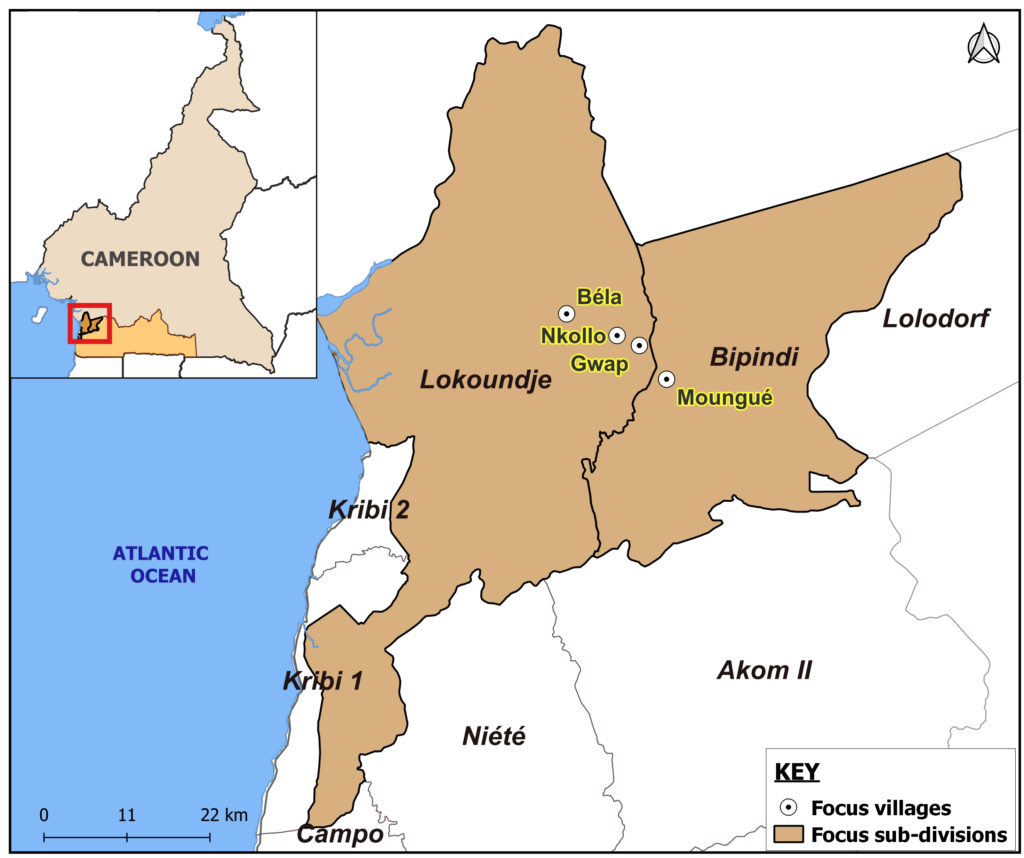
Lokoundje and Bipindi, focus area of the investigation. Map by Kevin Nfor Ntani with the support from Kuang Keng Kuek Ser/Rainforest Investigations Network
According to André Sayom, another leader and vice president of the Nkollo village development committee, the legal logging company, which holds the logging title, “will never give anything to the village. It will say to you “I pay the (annual) forestry royalty,” a tax paid by each logger that is intended, among other things, to finance development projects in Cameroon’s rural areas. Here, as in three other villages visited, inhabitants and traditional authorities assure us they have never received anything. “The forestry law of our country has not given much power to the people who are next to the forests area,” laments Antoine Marie Pouhe, the chief of the village Gwap, not far from Nkollo.
Forgotten Communities
Sitting in his living room with its earthen walls and ochre floor, this man acceded to the throne in 2003 following his father’s death, who had reigned for more than five decades in this remote village of about 1500 people. For the past 20 years, he has seen legal logging companies come and go without ever collecting the taxes they pay to the government. “The have never had the forestry royalties,” he says, visibly exhausted, while leaning on the chair behind which a poster of Paul Biya, the president of Cameroon for 40 years, is hung on the wall. Like other chiefs, whenever the authorities (mayors and sub-divisional officers) visit the village or meet with them in their offices, he calls them, asks questions and wants to know where the forest revenue is. Each time, he does not get an answer. “It’s frustrating,” he sighs.
However, the 1994 forestry law stipulates that part of the forestry royalty (RFA) “must be paid back” to the communities living near the forests and “may not be used for any other purpose. According to this law, the RFA was to be used “for the development of village communities bordering certain forests. Over the years, several ministerial decrees and finance laws have set the terms of this distribution.
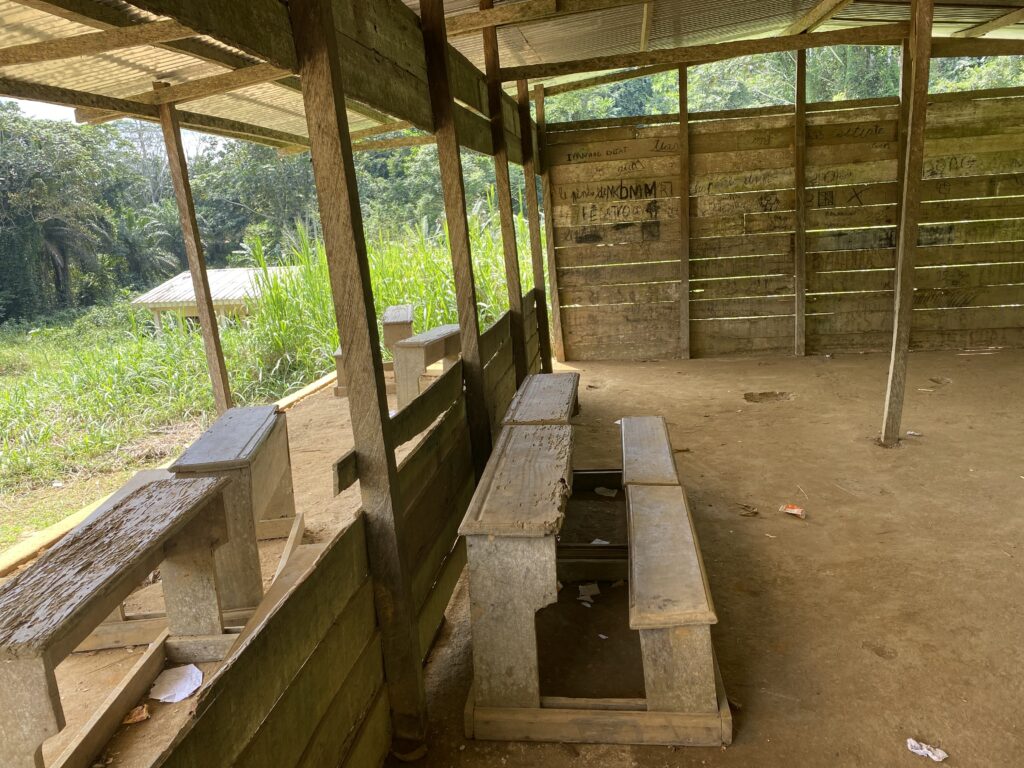
A room with a series of broken tables and desks at secondary school in Nkollo. Image by Jeannot Ema’a/InfoCongo
According to Samuel Nguiffo, Executive Secretary of the Center for Environment and Development (CED), the “big loser” in the restructuring is the community that used to get 10 percent of the forestry royalty. “The system is designed not to benefit local communities but to dispossess them of what they consider their forest. Without leaving any benefits equivalent to what they have lost”, says this lawyer who has been working for more than two decades alongside the forest populations of Cameroon. “When a tree, a forest, is used by a community and we come and empty it of what makes it rich without leaving them anything, we impoverish the community. And legally, nothing is done to change this,” he laments.
For him, the observation is clear. Despite the billions of CFA francs generated by this activity, which represents 4 percent of the country’s gross domestic product, “the villages remain as poor as ever. From this point of view, we have the impression that logging does not work very well. It doesn’t bring in enough money, it only causes gnashing of teeth.” In the villages of Moungue, Gwap, Kollo, and Bella, visited, the Bantu populations, as well as the indigenous Bagyelis, feel a sense of injustice. In a development plan dated March 2004 and describing the area, the authors note that the “roads are not maintained” and “are in very poor condition. “Some are impassable in the rainy season. Some villages cannot transport their produce to the markets because the area is practically landlocked,” the document notes.
“It’s a disaster”
Nineteen years later, the situation is the same. The villages are landlocked. Separated by only a few dozen kilometers from Kribi, the seaside town, these localities are only accessible by motorcycle. The vehicles that venture there get stuck on muddy tracks “spoiled by the trucks of the logging companies”, complain the inhabitants. “The wood is going out. We need many things. Even the road we don’t have. Where the road is, there is development,” says Antoine Marie Pouhe, the chief of Gwap village. As a result, the people cannot trade and make benefit from agriculture.
Faced with the lack of income from logging, the inhabitants have relied on agriculture. They cultivate plantains, yams, cassava, cocoyams, pineapples, etc. The objective is twofold – to feed their families and to sell the surplus. A few meters from the chief’s house, Jacqueline Nguissi, struggles to hide her anger at the situation farmers like her are experiencing. “Someone can sell, but where are you going to sell? First of all, we are poor, and our village is landlocked,” says this mother of eight children. For lack of buyers, the crops often rot in the fields.
So, left to their own devices, the inhabitants have set up numerous methods that allow them to earn some income, however derisory, from exploiting their forest. A sort of “perverse effect” worries Samuel Nguiffo, who nevertheless assures us that “we can perfectly understand” the behavior of these populations. “They say to themselves, I am the owner of the resource. If I don’t do anything, the State sends someone without telling me anything. The person takes the resource and sells it and I get nothing. If I want to have something, maybe I should organize with someone to come and cut and pay me.” Some, aware that their forest “will be destroyed by the state”, prefer to destroy it “first”, explains the Executive Secretary of CED. “This is a tragedy. If we have forests today, it is because communities have preserved them. If today, by the quality of the legislation, we push the communities to turn against the forest, then we have big problems,” argues Mr. Nguiffo.
Earning Cash
In some villages, the inhabitants join the “warapeurs“. According to the inhabitants and traditional leaders, it starts with a negotiation with the illegal traffickers. In some cases, it is the village elites (working in the administration, the army, the police, the civil service or the private sector), living elsewhere who do this parallel business. Alain Karsenty, who has done work on illegal logging in the Congo Basin, has documented these practices. For the researcher from the Centre for International Cooperation in Agronomic Research for Development (CIRAD), “illegal loggers make agreements with village elites and customary landowners to exploit timber.”
Often, it is the villagers who go looking for and negotiate with “warapeurs“. In other cases, it is done by illegal traffickers who have discovered prized wood species on the market. They come in and do the negotiations. At the illegal wood-cutting stage, it often happens without the supervision of the villagers. The cuts are made in a wild way and without control. “The cutting of wood is done recklessly,” explains Venant Messe, the coordinator of Okani, a local NGO. While mapping the forest area, he found that community members working for these illegal loggers do not have the necessary equipment to protect themselves against accidents and bad weather. “People carry everything by hand, sometimes without protective equipment like gloves, helmets, or boots. People are really exposed,” laments Venant Messe, who compares this labor force to “animal power.”
Despite this suffering, the goal is to make money for the community. Some villages charge a fee per truck depending on whether the wood is logs or sawn. Sometimes, it varies depending on the volume of wood and whether it is prohibited. In other cases, when the wood is cut from the land of a “son of the village” (an inhabitant of the village or a native of the place), he contributes without any particular requirement from the community. According to testimonies, not all warapeurs pay money to the village. Some, many of them, manage, in complicity with villagers, to leave the locality with their loads of wood.
Funded Projects
For those who pay, these financial inflows replenish development coffers, according to the communities. “The warapeurs give us something – sometimes close to 100,000 FCFA, per truck. This is what manages our development fund,” explains one of the Lokoundje leaders. In some villages, leaders told us they had collected 4 million, 13 million, or even more from illegal logging. According to their explanations, the money collected is used to finance many projects.
In these localities, the schools need more infrastructure. Teachers often assigned there by the government either do not come or leave the village. “When teachers are sent, they return to Yaoundé immediately,” said Antoine Marie Pouhè, the village chief of Gwap. The Nkollo public school, which lacks both teachers and teaching materials for its operation, has been allocated 150,000 CFA francs by the development committee “so that it can hold out” during the 2021-2022 school year, says André Sayom, vice-president of the development committee.
At the secondary school (GSS) in Nkollo, built-in temporary materials where a flagpole without a flag is planted in the courtyard, the committee has been forced to recruit temporary teachers to fill the gap. “Last year, for example, the development committee took care of two temporary teachers. By paying each teacher 25,000 CFA francs,” says Mr. Sayom. According to him, the funds from the development fund have made it possible to build “a GSS building, that is to say, two classrooms,” thus allowing many children to continue their studies after their Certificate of Primary School Certificates. In addition to education, the funds from illegal trafficking allow some villages to buy tents, chairs, cutlery, etc., for their ceremonies and funerals.
Essential Trees Destroyed
Despite the achievements made with the money from illegality, communities are struggling to make ends meet. And the disappearance of their forests, where they used to collect resources for food, health care and products to sell, is making them poorer. “Take for example, the case of the Moabi tree. A Moabi tree produces oil, leaves for pharmacopeia, and bark. When it is cut down, it is no longer useful for the community,” says Venant Messe. And more seriously, according to the coordinator of the Okani, in some villages nowadays, the traffickers go directly through the chief “who will now call his population.”. During the exchanges with the population, “there is meat, rice, and a little whiskey in bags,” says Venant. “What benefit can we get from that? This is the practice in all communities where logging takes place,” he laments.
This practice further impoverishes the inhabitants who already have accumulating needs. Some villages lack water, and have never had electricity or a telephone network. “To call someone in town, you have to go either into the bush or up a hill,” says the chief of Gwap village. The health centers need both staff and medicines. In Nkollo, the village’s integrated health center (IHC) has not been supplied with drugs for ten years, says IHC focal point Hilaire Mbogmal. As a result, the nurses “get supplies wherever they can to keep the center running,” he says.
Plastic Houses
Far from the public eye, people tell of their misery. In a small Bagyeli camp, Christine Ngo Madjo, a frail woman in her sixties wearing a black dress, shows the houses, a kind of enclosure surrounded by black plastic. Children play in the courtyard. “Look at the houses we live in,” she says, looking desperate. “Look at how our children are? They can’t go to school. Can’t we take away the resources of this wood to also build us livable houses and send our children to school?” At 60, Christine only knows hunting, fishing, and gathering non-timber forest products. She learned it from her mother, who in turn learned it from her mother.
“But since logging started, there is not enough of what we were looking for and that’s why we already lack almost everything,” says Christine Ngo Madjo. The grievances are numerous for the hunter-gatherers but also the Bagyeli men interviewed in four villages. Cutting trees causes them to lose essential pharmacopeia, gathering and nutrition species. Coupled with poaching, logging has decimated many species and driven away some because of the noise of the machines, among other things, according to Christine. “To get meat you have to go very far into the forest. You have to suffer. You have to work. It’s not like before, when we could find game behind our houses,” complained Thérèse Ngo Mbogyamb, a young Bagyeli woman of 33 years old, whom we met in the village of Gwap. Next to her, her younger sister agrees. The two young women are sometimes obliged to spend many days in the forest, accompanied by their husbands and children, walking and camping in search of rats, hares, deer, porcupines, etc.
The fishing activities of the community, which are vital for their sustenance, are also being negatively affected. The cut trees obstruct the tracks and close the waterways. “It’s more serious. To fish, you have to find an open spot in the river. It’s not easy,” continues the thirty-something, afro haircut and her little boy cuddled in her arms. “We are scared. Everything we have comes from this forest. Our whole life is in this forest. We will stay very poor if we don’t have the forest anymore. We won’t even exist anymore”, worries Regine Louangue, one of the Bagyeli matriarchs. Logging does not bring them anything.
Team:
Editorial Coordinator: David Akana
Investigations: Madeleine Ngeunga (InfoCongo), Josiane Kouagheu (Le Monde)
Pictures: Jeannot Ema’a & Josiane Kouagheu
Data analysis: Kevin Nfor Ntani & Madeleine Ngeunga
Maps & Chart: Kevin Nfor Ntani & Madeleine Ngeunga/InfoCongo with the support from Kuang Keng Kuek Ser/Rainforest Investigations Network
Translations: Fabrice Wekak
Illustrations: Akira Junior & Ella Iradukunda

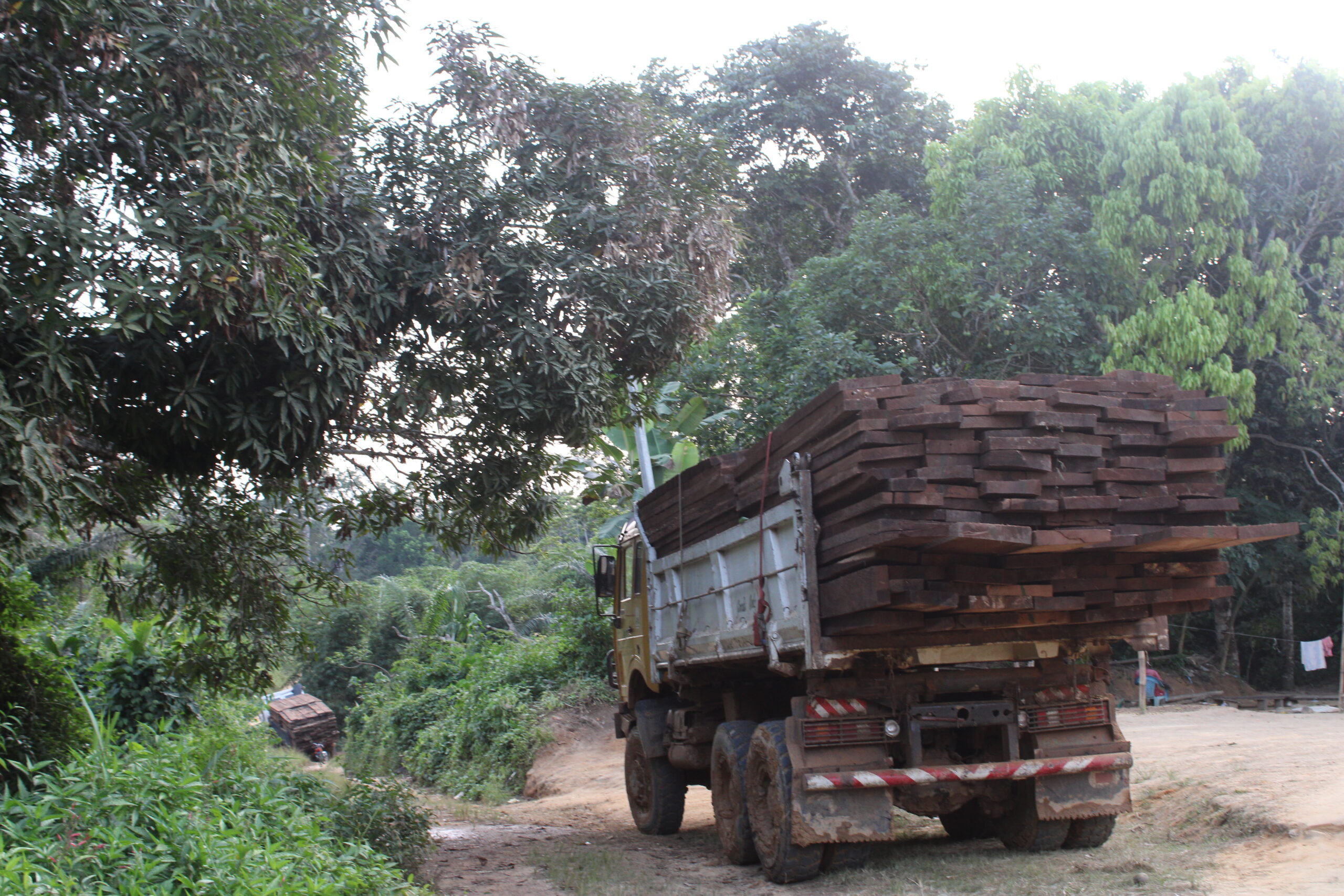
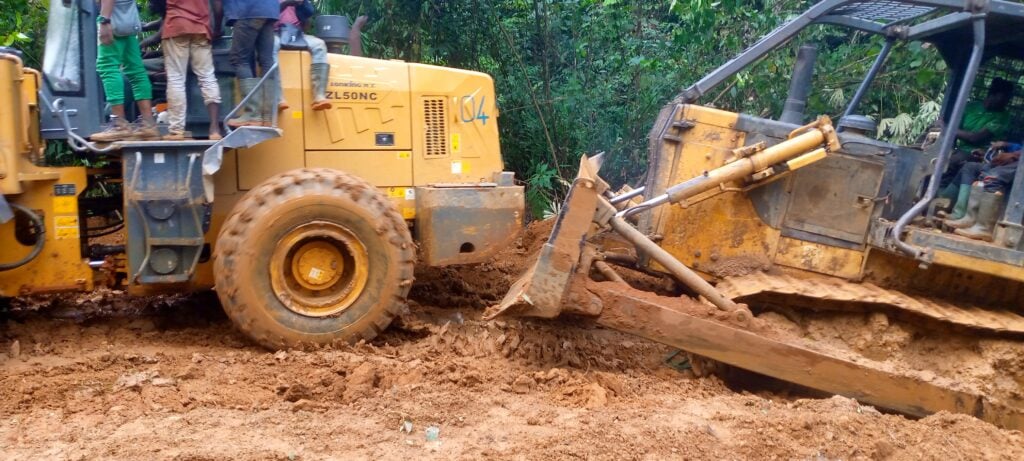
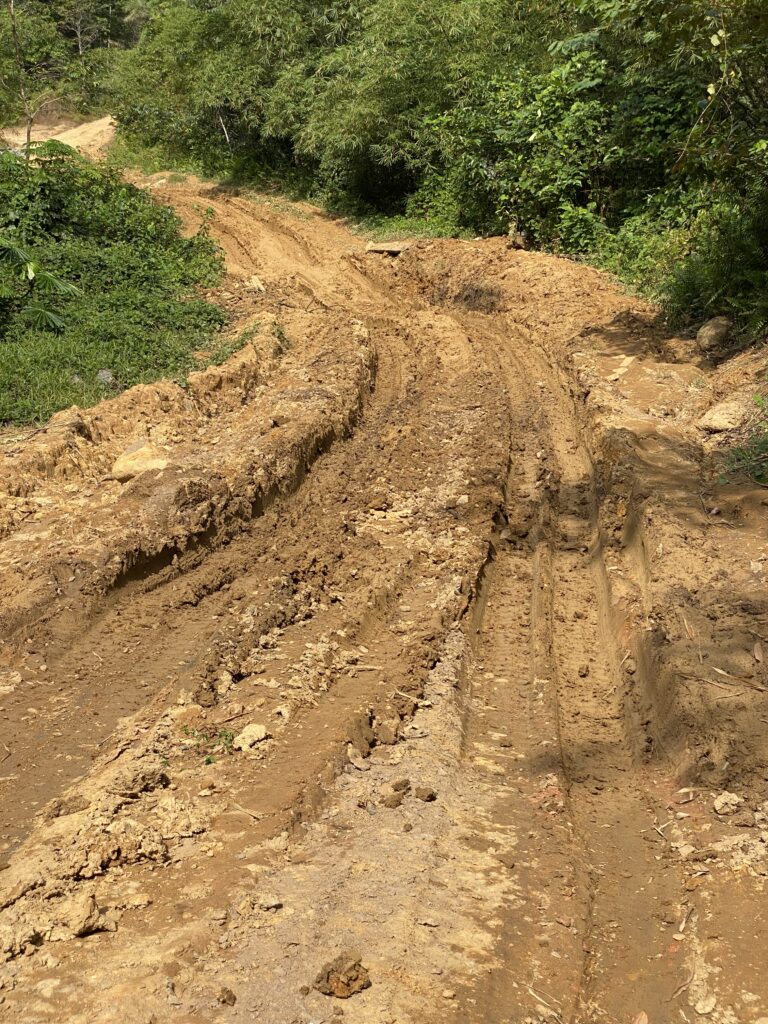
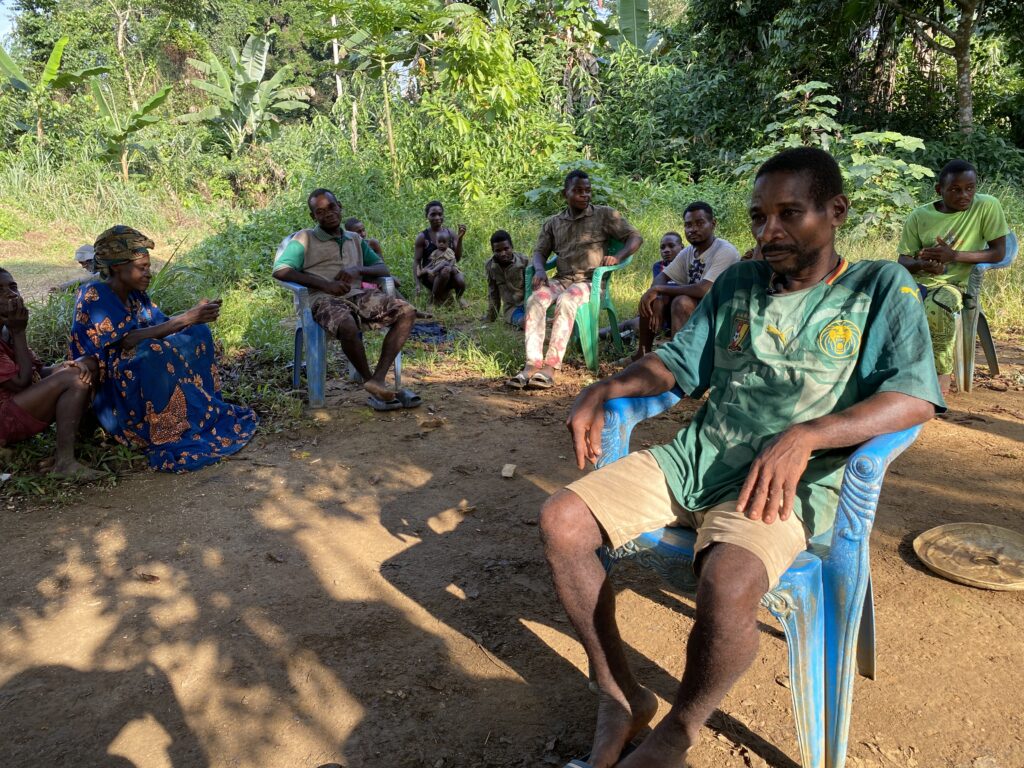

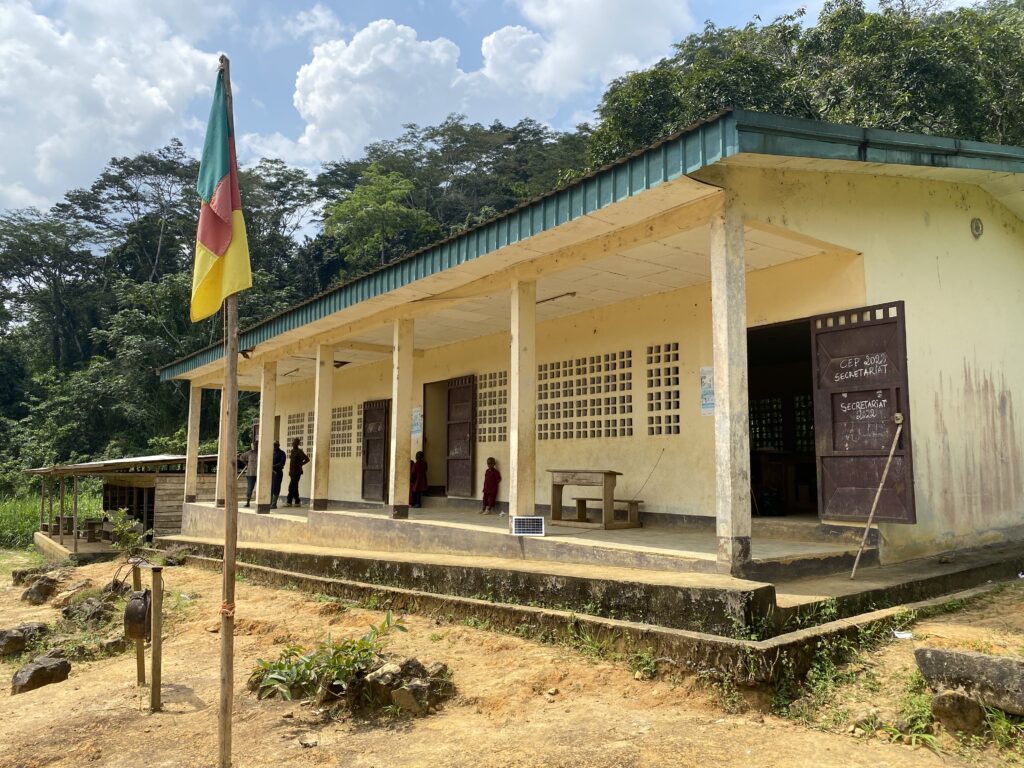
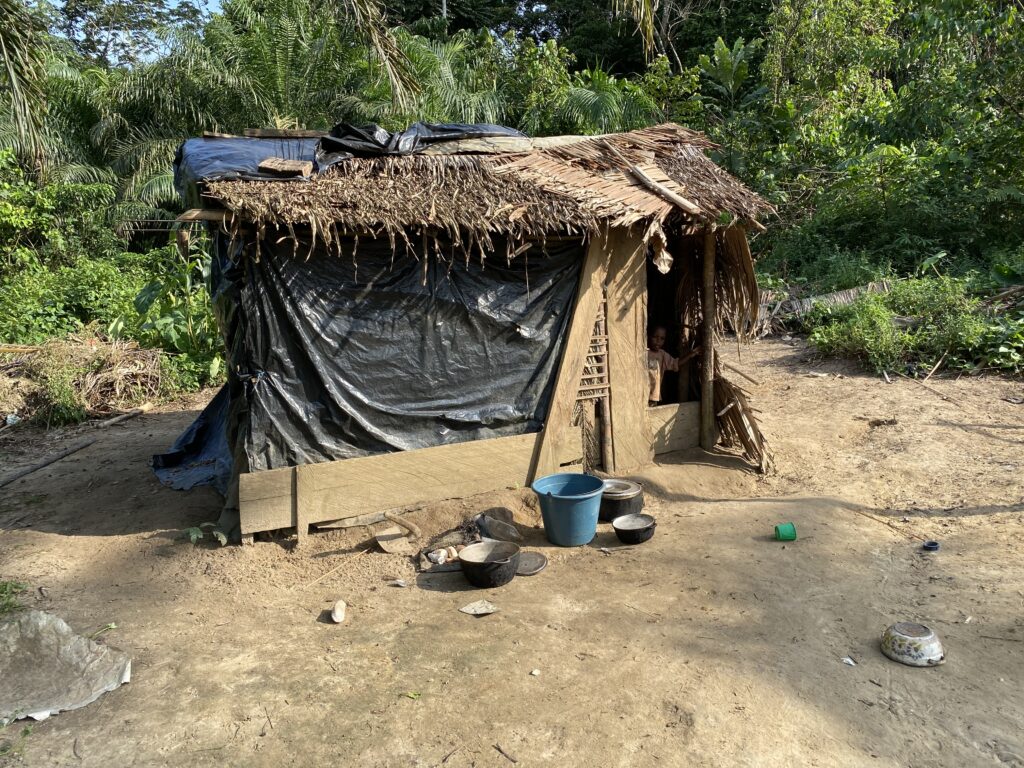
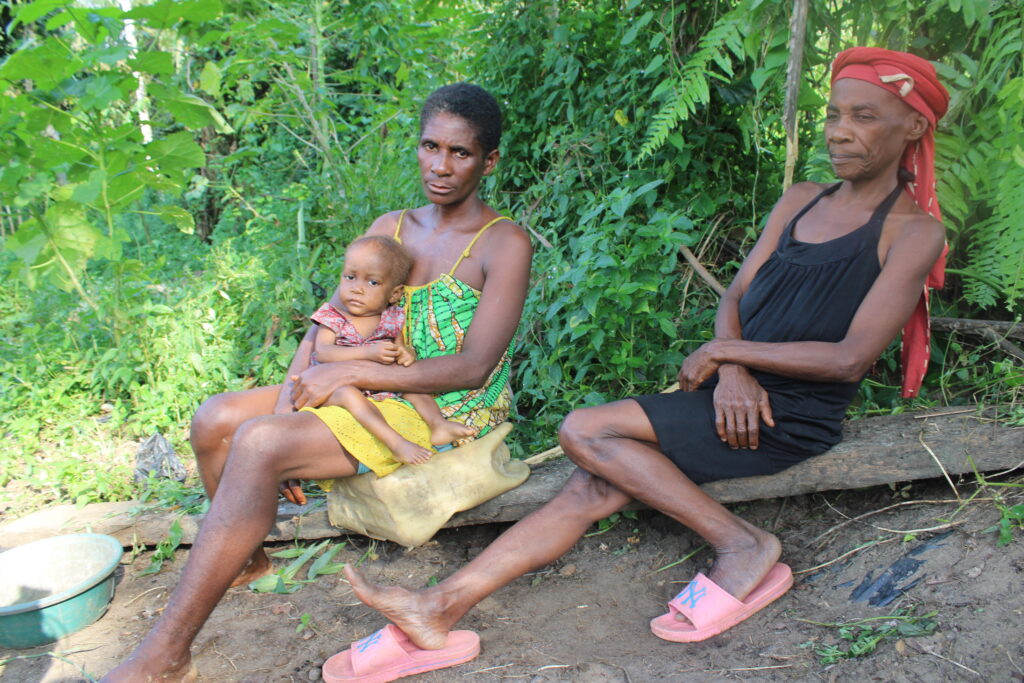
Admiro muito o conteúdo do seu blog, que é sempre relevante e bem pesquisado. A postagem recente foi fantástica. Gostaria de sugerir um artigo sobre desenvolvimento de portais que pode ser muito útil para seus leitores. Obrigado por permitir essa interação!